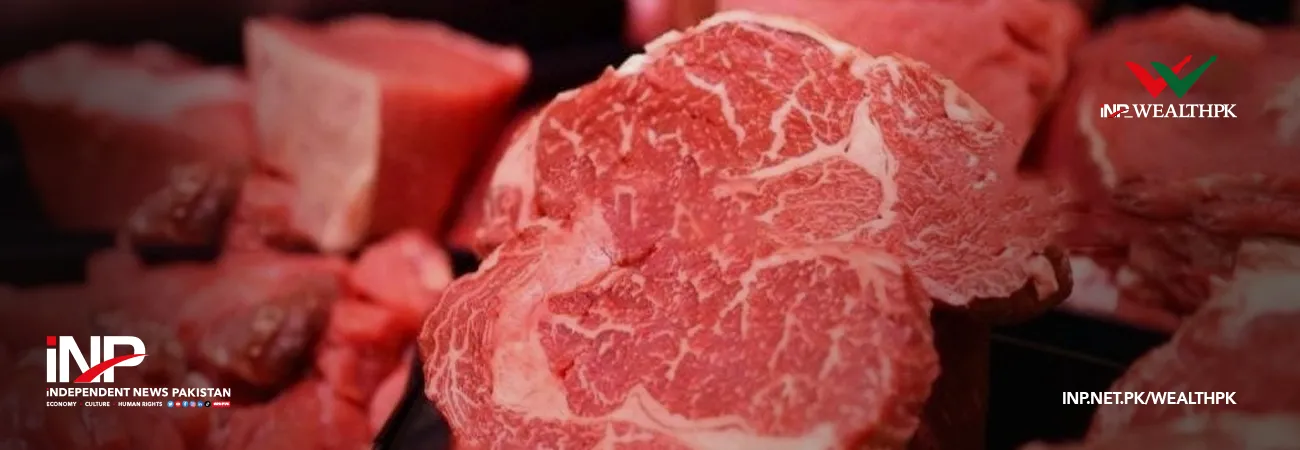INP-WealthPk
Ahmed Khan Malik
Pakistan's meat exports stood at around $430 million during the last financial year (FY23), which is a mere 0.22% of the global meat trade. The figures indicate that the country’s meat exports are much lower than its actual potential. Sindh can particularly play a prominent role if Pakistan is to enhance meat exports. The province has huge livestock rearing potential, which is currently not organised into a systematic sector. Sindh's huge livestock potential cannot only increase the export of meat but can also ensure food security in Pakistan. Talking to WealthPK, Executive Director of Sindh Livestock & Fisheries Department Nazir Mahesar said that the provincial government has formulated the Sindh Agriculture Policy to create an efficient, prosperous and resilient food production sector that could generate good incomes and decent employment for those involved in the livestock and allied sectors. He said the provincial government has also prepared a draft Livestock Action Plan, which was discussed with the participants of a recent workshop. The participants came from the research, commercial and non-profit sectors.
“For effective implementation of the action plan, both public and private investments will be critical to enable the sector to meet the demand for its products at the national as well as international level,” he added. He said the development of agriculture, particularly the livestock sector, has potential to be a driver of change, not only in terms of growth and poverty reduction, but also reducing inter-and intra-regional disparity. Nazir Mahesar pointed out that compared with Punjab, Sindh has comparative advantage in the livestock sector in terms of its diversified and the higher proportion of livestock income in the total household incomes. “The development of the livestock sector in Sindh could contribute immensely not only to the stability and sustainable growth of the province, but also to the development of Karachi, the demand-driven metropolitan city in Pakistan. Unfortunately, Sindh has not fully capitalised on the advantages Karachi has in strengthening its socioeconomic foundations.” Livestock, he said, is a means of reserved funds and the main source of income for rural population. “Proportionally Sindh has the second highest animal population in Pakistan (32.144 million heads; Census 2006) and needs proactive efforts for their scientific farming.”
The executive director of Sindh Livestock & Fisheries Department said that the agriculture sector contributed 11.5% to the GDP, and livestock accounted for 55.1% of that. He said about 8.5% of total exports were derived from livestock and its products/byproducts. Nazir Mahesar said that the Sindh Agriculture Policy aims to improve the milk production by installing 153 milk chillers at different villages of the targeted nine districts. He said this would improve the socioeconomic status of farmers through improved and efficient marketing system. He said that the policy also includes the institutional development of the livestock sector by restoring 121 veterinary centres affected by flood or rain, and by renovating and modernizing two existing semen production units. Moreover, the policy aims to increase the trained manpower of farmers in livestock management and artificial insemination by setting up an artificial insemination training centre in Tandojam.
Credit: INP-WealthPk













